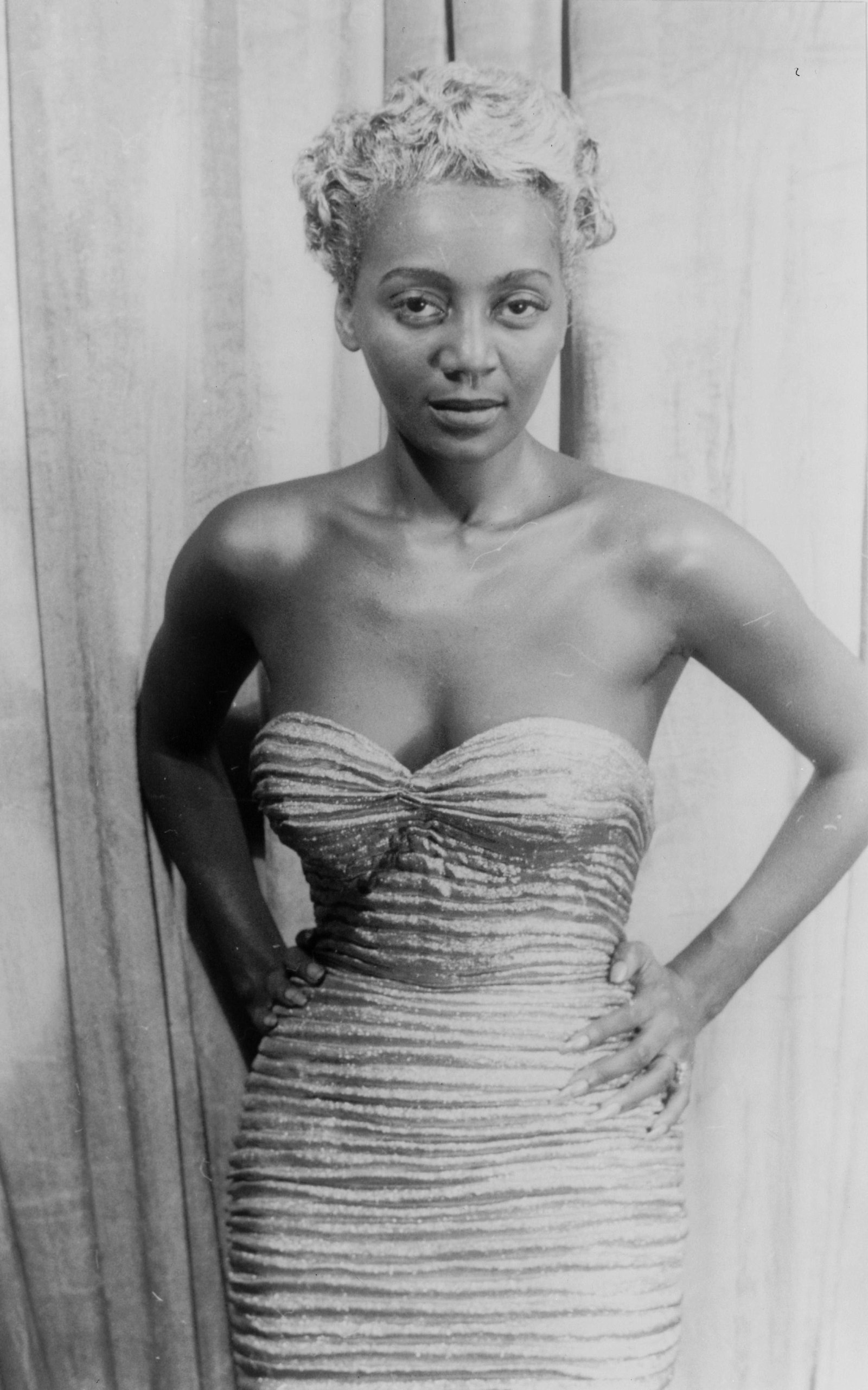HPD Chief Troy Finner said Patrick Xavier Clark, 33, is charged with the murder of the Migos rapper, whose real name is Kirshnik Khari Ball.
Takeoff died at the age of 28 after being shot outside of a downtown Houston bowling alley last month.
“We lost a good man,” Finner said, adding that he talked to Takeoff’s family, and thanked them for their patience as the department worked through facts and the investigation ahead of an arrest.
Clark was arrested on the east side of Houston, Texas, Thursday evening. Another man, Cameron Joshua, 22, was charged with the unlawful carrying of a weapon.
At this time authorities have not connected him to the murder.
"We believe Cameron Joshua has been appropriately charged in this case," Prosecutor Matt Gilliam said.
— Houston Police (@houstonpolice) December 2, 2022
Mayor Sylvester Turner & Chief @TroyFinner provides an update in the fatal shooting of Kirsnick Khari Ball (Takeoff). https://t.co/0YAEbw91tR
Later authorities positively identified the victim as Takeoff. He was the youngest member of the chart-topping group he formed with his uncle Quavo and cousin Offset.
Takeoff also found success outside the group. His solo album, “The Last Rocket,” debuted at No. 4 on the Billboard 200 chart in 2018. Recently, along with Quavo, he released “Only Built for Infinity Links,” which peaked at No. 7.




